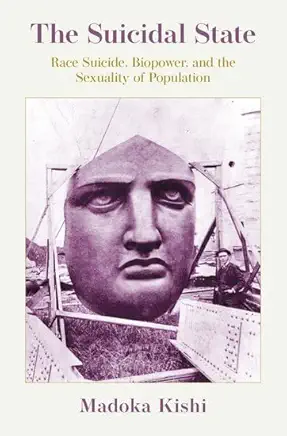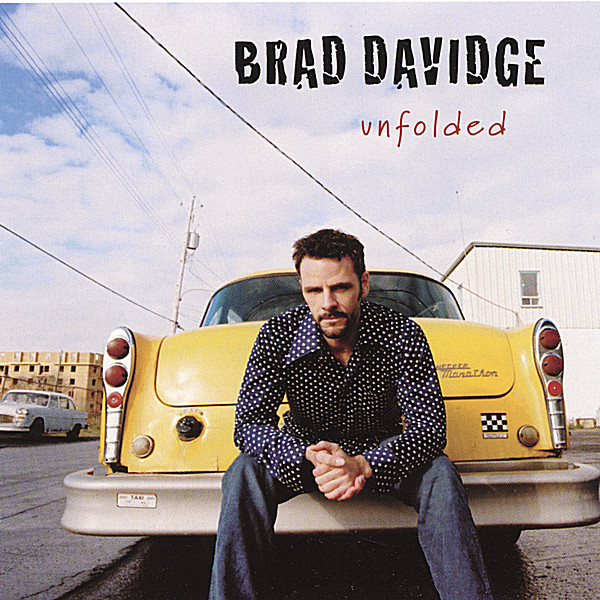
Kishi, Madoka
product information
description
s a biopolitics of suicide by mapping the entwinement between the Progressive-Era discourse of "race suicide" and period representations of literary suicide. Against the backdrop of the turn-of-the-century debates over immigration restrictions, "race suicide" suggests white Americans' low birth rate as foretelling an immanent extinction of the white race, prefiguring the contemporary white nationalist discourse, "replacement theory." While race suicide personified the populational subject--the "race"--as a suicidal individual, Progressive-Era literature gave birth to a microgenre of literary suicides, including works by Henry James, Kate Chopin, Jack London, Gertrude Stein, and a series of Madame Butterfly texts. The Suicidal State argues that suicides in these texts literalize the fear of race suicide as they thwart the biopolitical demands for self-preservation, survival, and reproduction, articulating queer deathways that betray the nation's reproductive imperative. Both in its figuration of race suicide and in literary suicides, self-inflected death is imagined as a uniquely agential act in its destruction of agency, offering a fertile space for the reconceptualization of biopower's subject formation as it traverses individual and social bodies. That is, the book argues that suicide poses a limit case for the biopolitical management over life. Suicide, as it was imagined at the turn of the century, refuses, nullifies, and parries its obligatory relation to both biopower's discipline of the individual and its management of the population, thereby forging new forms of subjectivity and ways of being in the world that sidestep the twin imperatives for preservation and procreation. In tracking these queer potentialities of suicide, The Suicidal State offers a new history of sex and race, of the relation between individual and collective, of the formation of a biopolitical state that Foucault calls a "racist State, a murderous State, and a suicidal State."
member goods
No member items were found under this heading.
Return Policy
All sales are final
Shipping
No special shipping considerations available.
Shipping fees determined at checkout.







